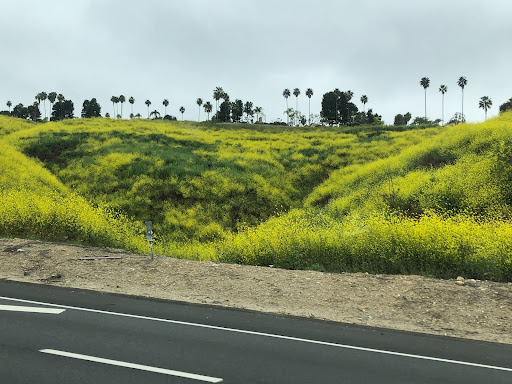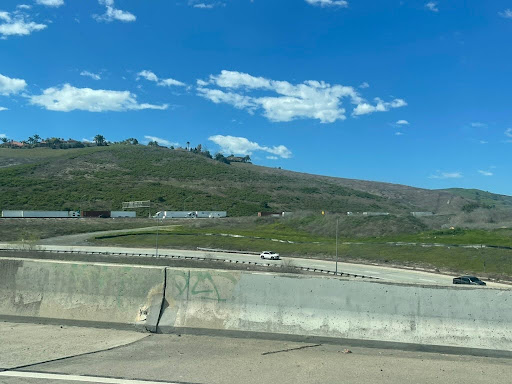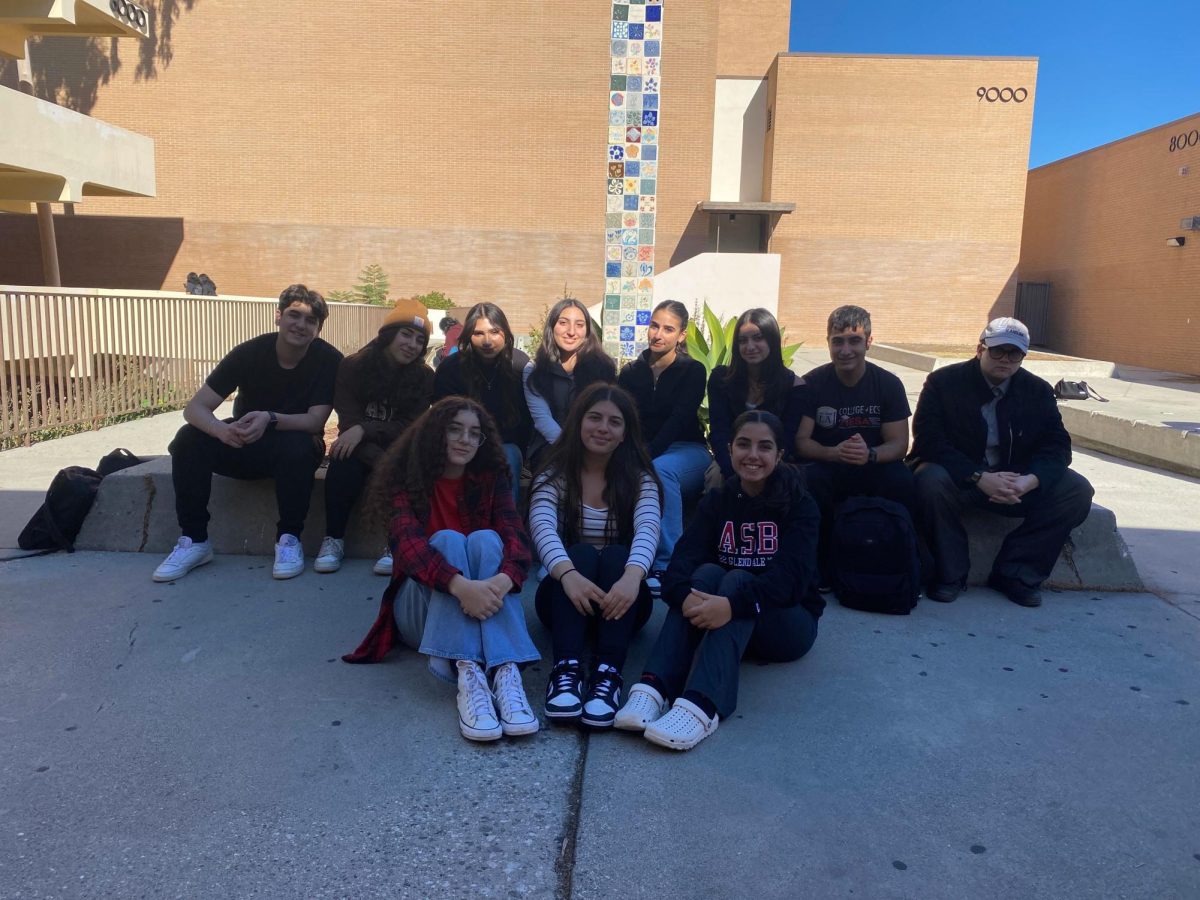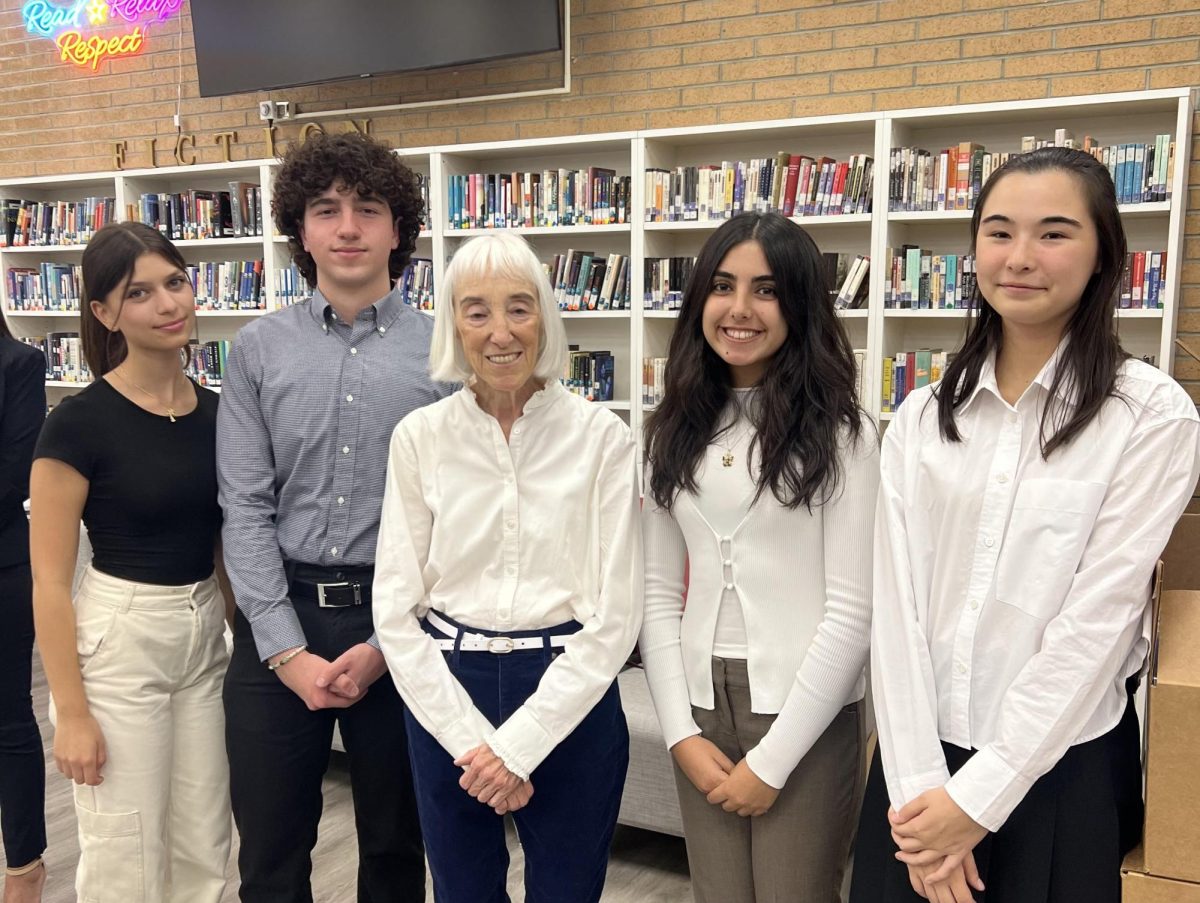
Spring is the season of new growth, baby birds, sprouting buds, and, of course, blooming flowers. As you may have noticed, especially if you have seasonal allergies, the air is filled with pollen from blooming trees. And the world has been painted in beautiful shades, from the colorful petals of flowers all around us.
However, if you’ve ventured outside the city recently, you may have noticed one particular color dominating the landscape. That color is, of course, yellow; entire hillsides are totally covered in it. It’s not that there’s a bunch of different yellow species, but rather the dominance of a single flower: brassica nigra, or black mustard.
Black mustard, as it is found here in Los Angeles, is an invasive species, not a native one. It’s also allelopathic, meaning that it releases toxic chemicals into the soil, which make it poisonous to other plants, ensuring that nothing else can grow near it.
In addition to literally poisoning the soil, black mustard is also a fire hazard. The oils found in its leaves and stems are very flammable, which is of course an incredible problem here in California, where wildfires are already a huge issue.
It’s therefore extremely unfortunate that we have so many black mustard plants in our local environment. Instead of native plants, which provide food and a habitat for a wide variety of species, black mustard sustains just one, the cabbage white butterfly, which is now ubiquitous in LA’s remaining natural spaces.

It’s not all doom and gloom, though. The rains have indeed led to a superbloom of mustard, yes, but there are still plenty of native plants to enjoy close to home.
The California poppy, for example, is the state flower of our beautiful state of California. Even here in Glendale, it’s not difficult to find them. One can admire their golden petals even on the side of roads, spilling out onto the concrete.
An exceptional draught of rain has led to an equally exceptional crop of flowers. It is unfortunate that, despite the continued resilience of some native plants, invasives like black mustard seem to have benefitted the most from this most recent rainfall, as they have expanded dangerously across our local hills. One can admire the beauty of the mustard, but be aware of the native plants that they’ve displaced.











